-MEERA SRINIVASAN, The Hindu.
 Before I could begin talking to him, Perumal Chandrasekaran had a question for me: “Do you know that we exist?” he asked matter-of-factly.
Before I could begin talking to him, Perumal Chandrasekaran had a question for me: “Do you know that we exist?” he asked matter-of-factly.
A 38-year-old Tamil of Indian origin, Mr. Chandrasekaran was waiting at a lawyer’s chamber near the Magistrate Court complex in Kandy for consultations on a land issue facing plantation Tamils. “We are among the most neglected sections here [in Sri Lanka]. India or Tamil Nadu has done nothing to help us,” he said.
Unlike the Sri Lankan Tamils living largely in the North and Eastern Provinces of the country, the Tamils in Sri Lanka’s Central Province — often referred to as Hill country or Upcountry — have more recent links with India. In the early 19th century the British, who had colonised Sri Lanka, brought them from south India as workforce for the plantations, mostly tea.
The ethnic war in the northern parts of the country put the spotlight on Tamils in and around Jaffna, Mullaitivu, and Kilinochchi. But plantation Tamils — constituting about five per cent of Sri Lanka’s population — get little attention.
“Despite our ties with south India, all your Tamil Nadu politicians speak up only for the northern Tamils and don’t even acknowledge our community,” said Mr. Chandrasekaran, who works in the construction sector. “My parents were plantation workers. I know the horrible lives they led, they were virtually slaves. I did not want to work there.”
He has now taken up a legal battle for the people of his community who, he said, had no land or ownership rights till date.
The compact, Line Rooms in Watawala, Nuwara Eliya district, may seem a fine addition to the scenic environs of the hill country, only if you don’t happen to live in one of those.
It was hard to imagine that the line room where Nallakaruppan Muthiah and his wife stayed amid one of the plantations could be anymore than 10-feet-by-six-feet in area.
Within that is a fraction demarcated as kitchen space. A set of thin, steel sheets held themselves together as the home’s roof, crowning the pale walls that have borne incessant rains for many decades.
“These are very basic homes, built by the British for our ancestors,” said Mr. Muthiah.
Mr. Muthiah (63) retired as a plantation worker and his wife Subramanian Pushparani is the sole breadwinner in his family of five. The women get paid a basic daily wage of Sri Lankan Rs. 450 (approximately Rs.210) plus allowances depending on her productivity, for about nine hours’ work with a short lunch break.
“You can’t be assured of work for more than three days a week in this weather. These are hard times and we are helpless,” she said, peeping out of the “kitchen”.
With worker unions having become highly politicised, people like her have little hope of a better life. The Ceylon Workers’ Congress had traditionally worked with the community, but workers who chose to stay apolitical are rather agnostic about the party’s intentions now.
“India is lending a lot of support to the north. Can’t they do anything for us?” Mr. Muthiah asked in a tone that stood out in its earnestness.
The High Commission of India in Sri Lanka has been offering some assistance to the community, but it is dwarfed by their basic needs in regard to livelihood and living conditions.
Many workers speak of their links with India, often suggesting that India could still help if it wanted to. “Many of our relatives are in Madurai, Pudukottai, Erode and the Nilgiris, you know,” he said. The relatives were among those who earlier worked in “Ceylon” as Sri Lanka was known then, and returned to India in the 1960s, following the Sirima-Shastri Pact of 1964.
The agreement — signed by former Sri Lankan Prime Minister Sirimavo Bandaranaike and her Indian counterpart Lal Bahadur Shastri — sought to repatriate over five lakh Tamils of Indian origin, and grant Sri Lankan citizenship to about three lakh. The remaining Tamils left in the central province gradually obtained citizenship in the 1980s.
On the one hand they are citizens of Sri Lanka, at least going by the books. On the other, with most basic facilities out of reach, the plantation community has little reason to feel citizen enough.
India, for many in their sixties like Mr. Muthiah, continues to symbolise a remote sense of “home”. Not that the younger generation feels distant — one of the homes had an A.R. Rahman song playing; and another, a poster of actor Vijay on the wall.
But Jayarani’s living room had something more unexpected — Gandhi and Nehru framed together, with an Indian flag in between. “It has been here from the time I got married…that was about 18 years ago. My parents-in-law must have put it up, I don’t know. We tell the children this is Gandhi, and this is Nehru,” she said pointing to the picture. “And the picture has just stayed on the wall.”


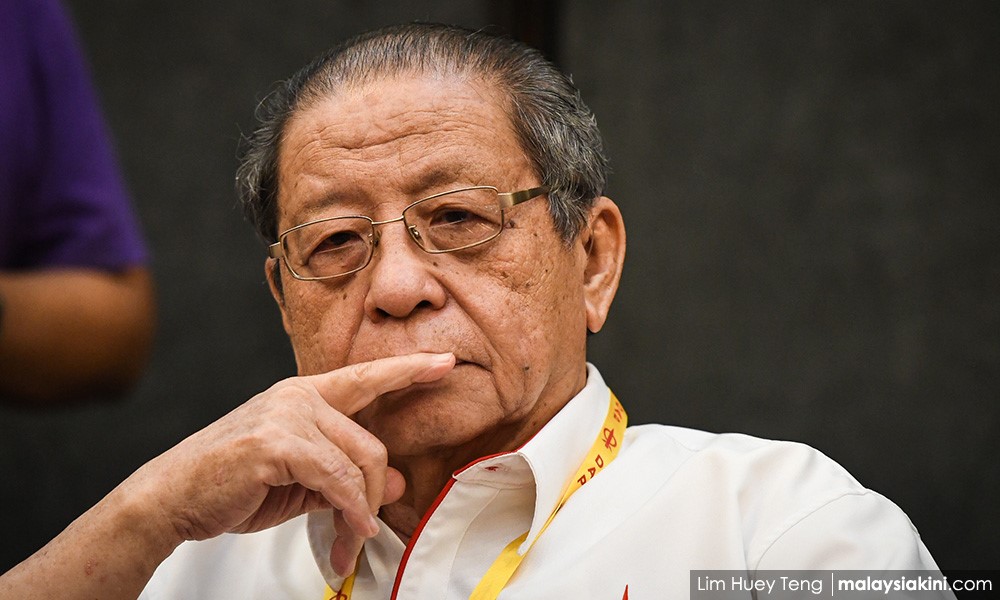


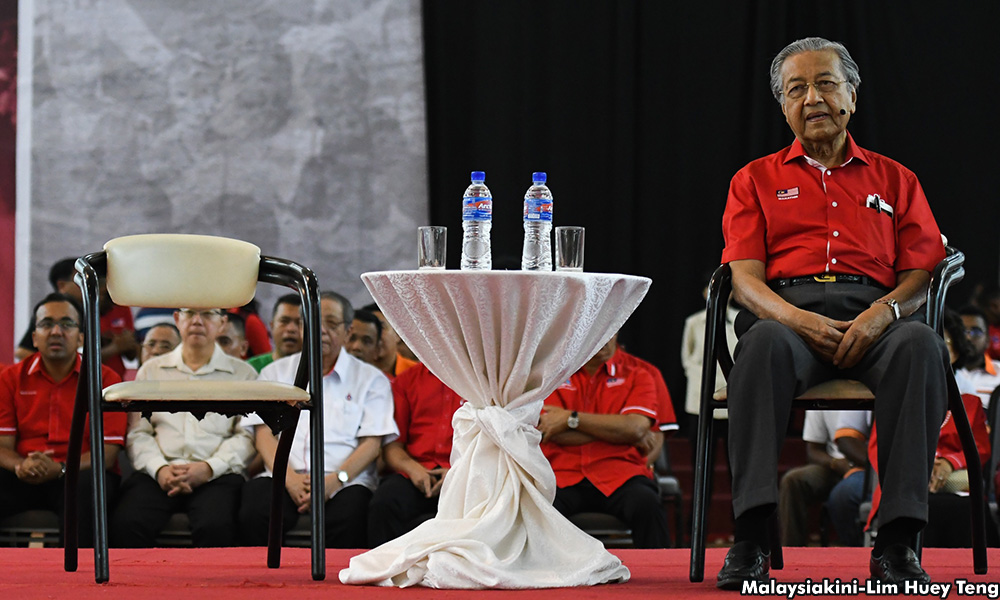
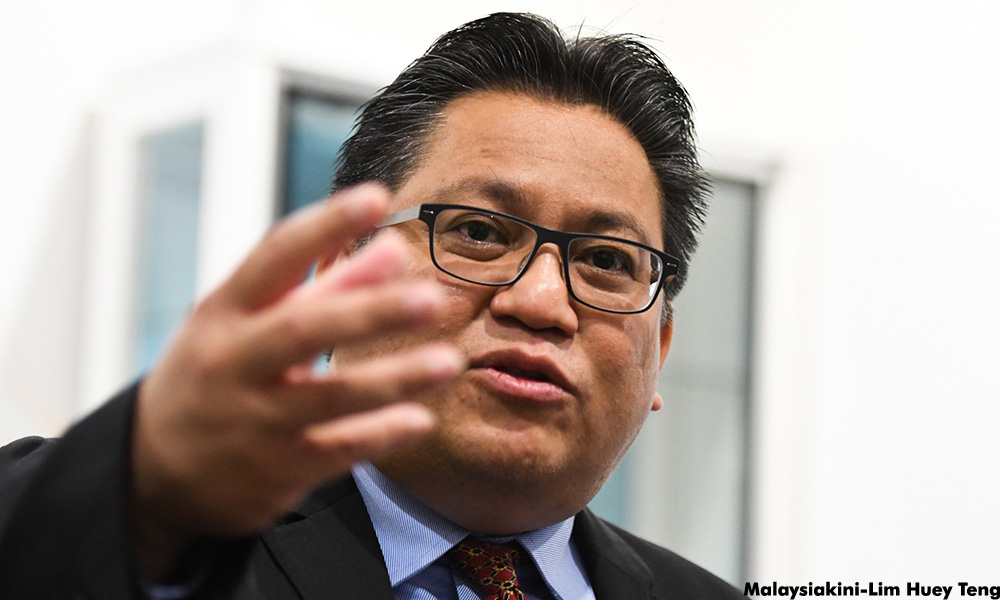


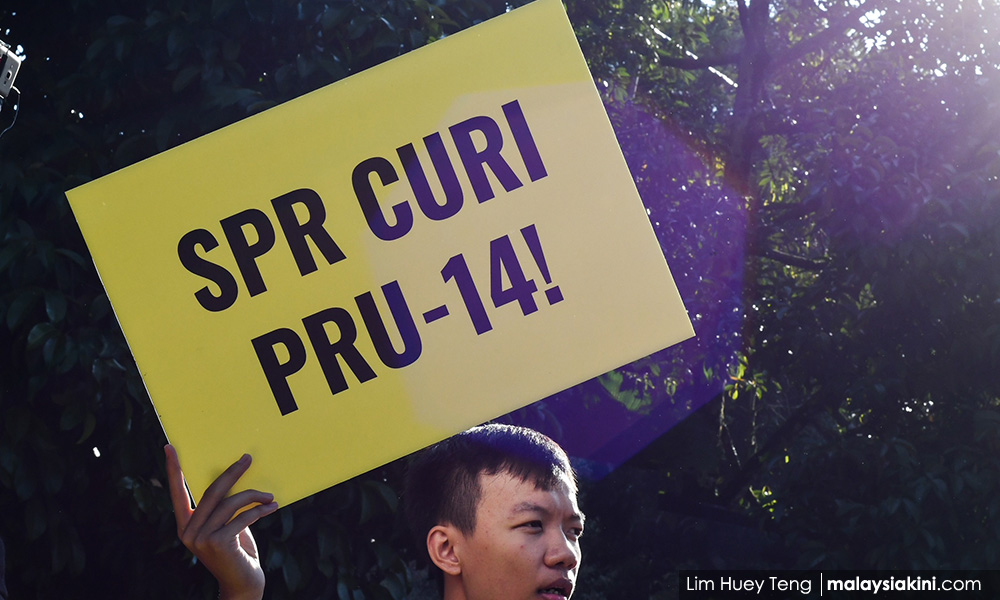
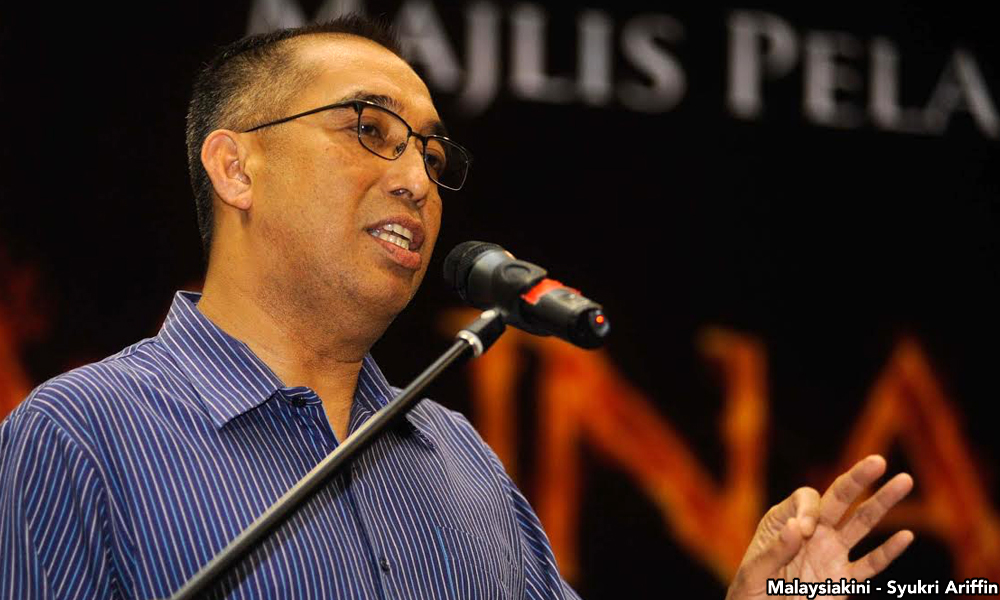
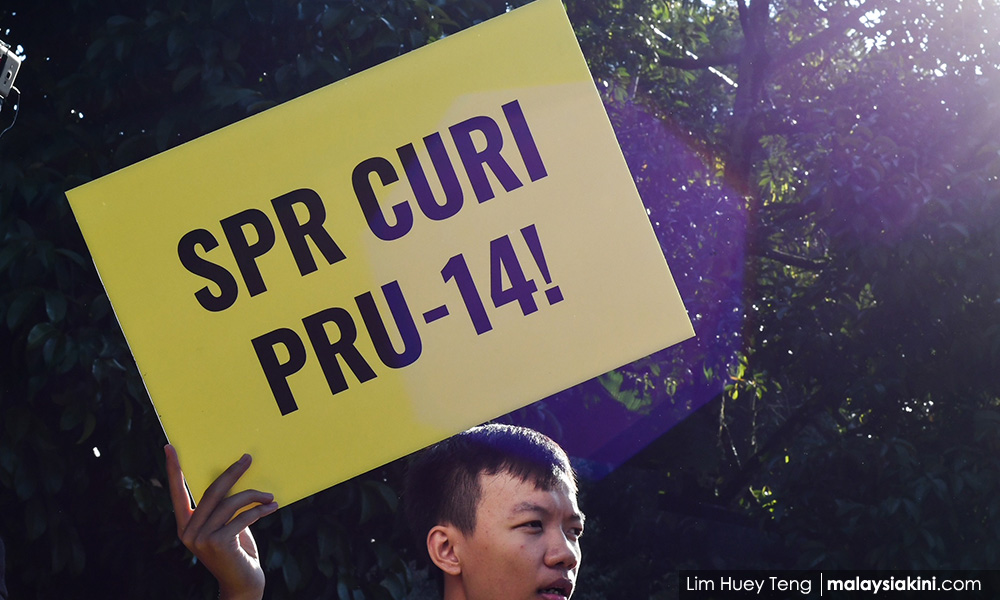
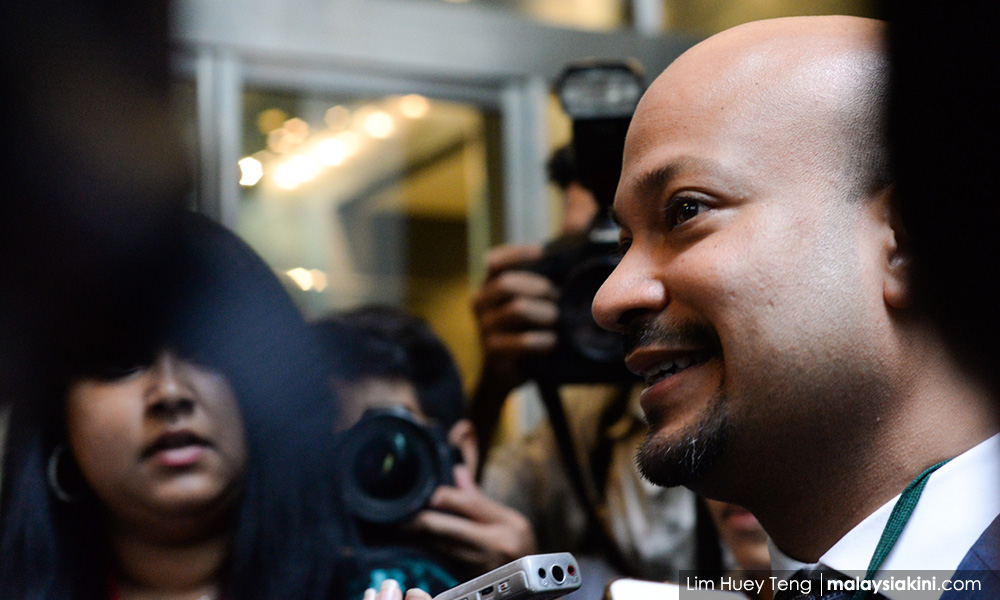
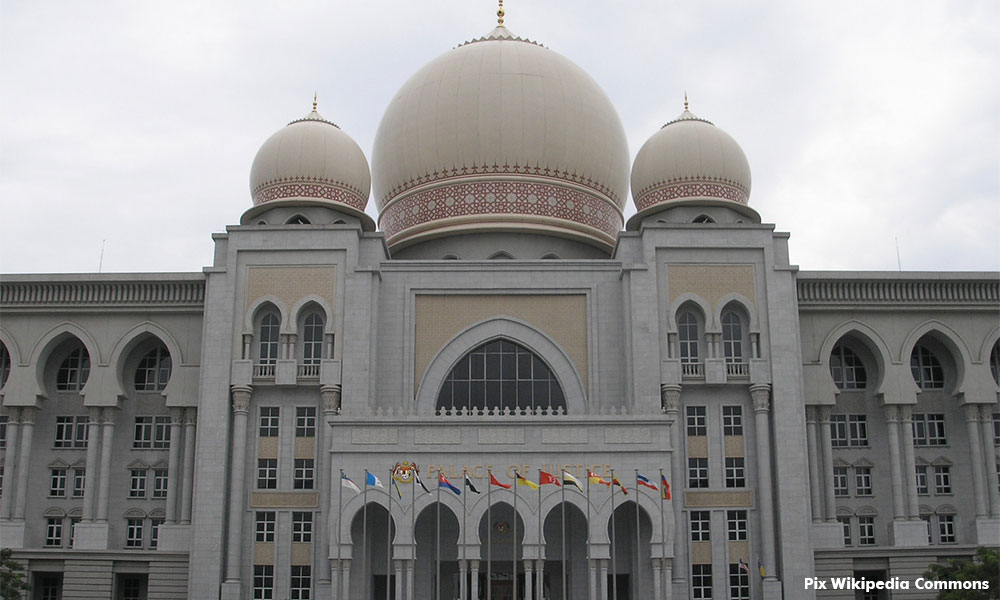
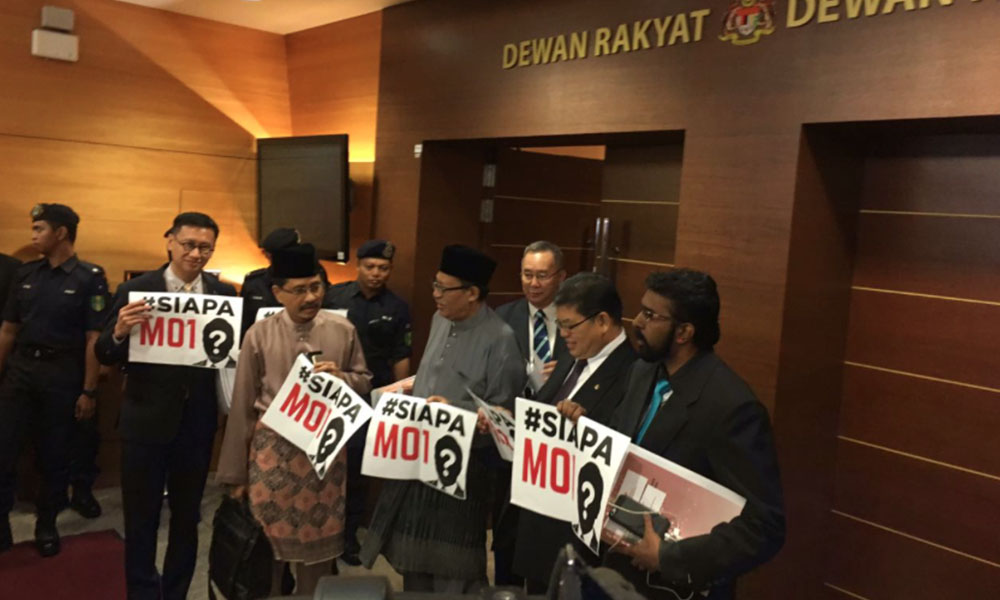
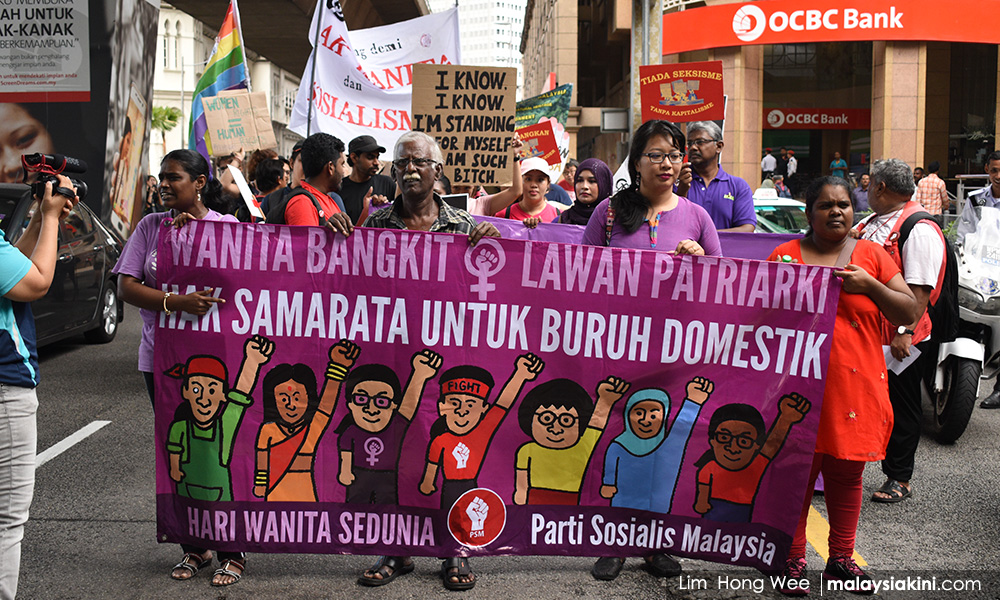
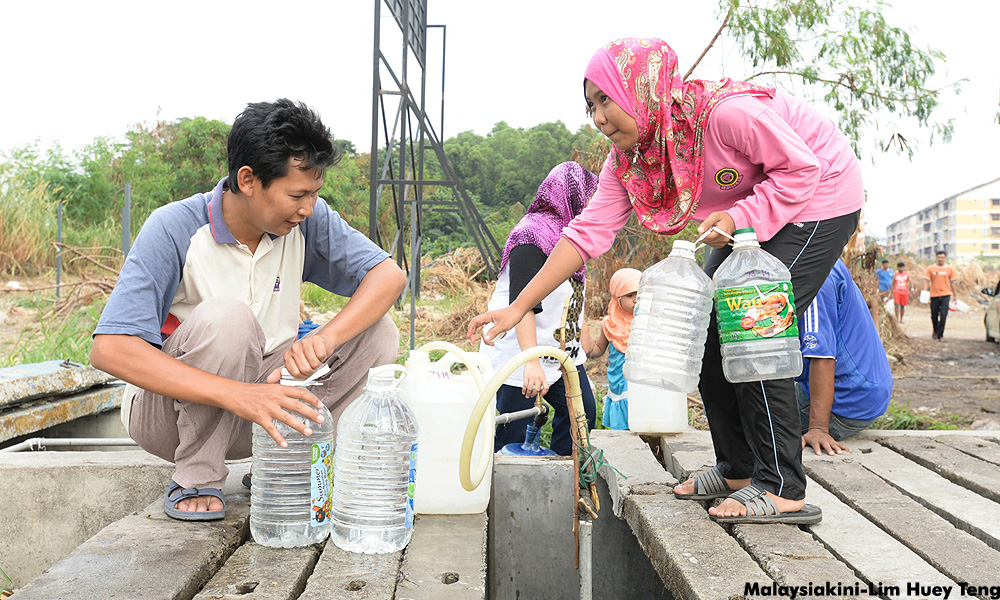

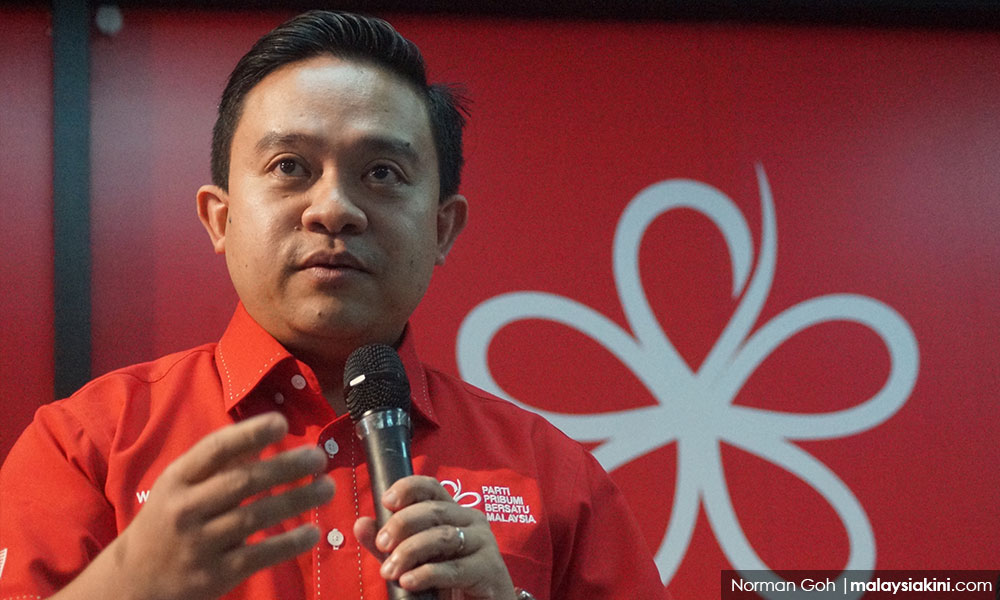
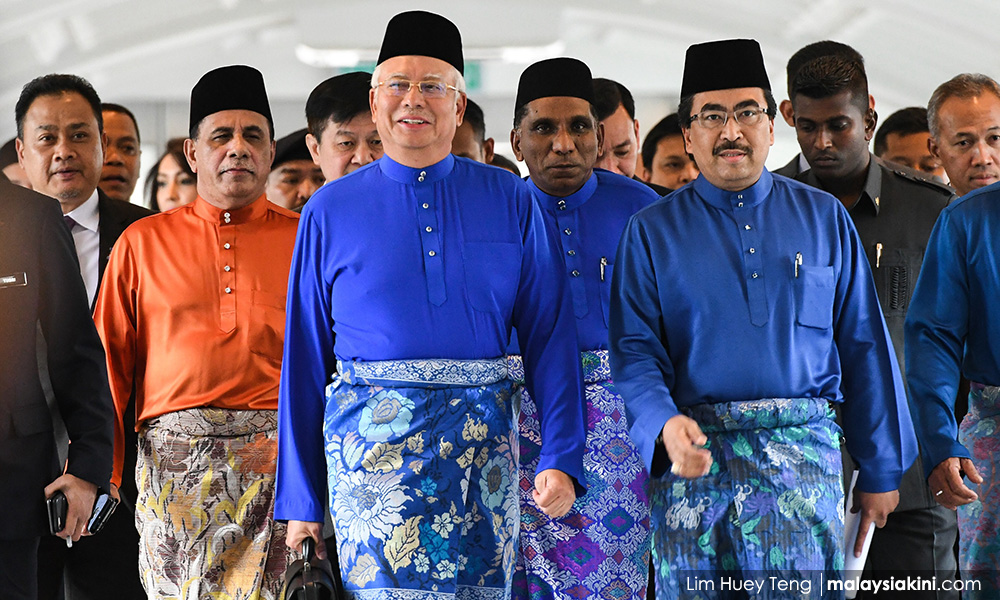
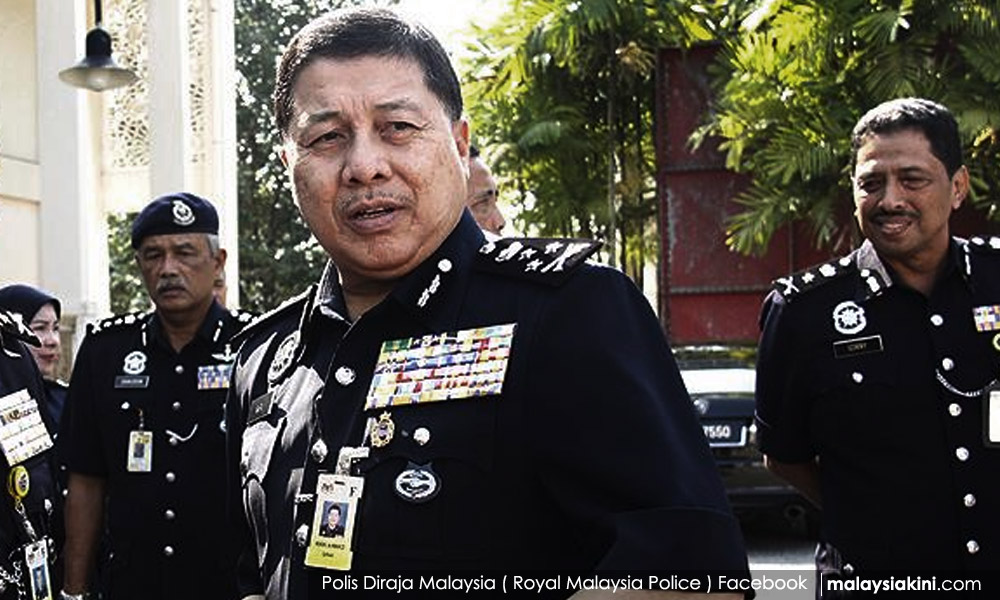
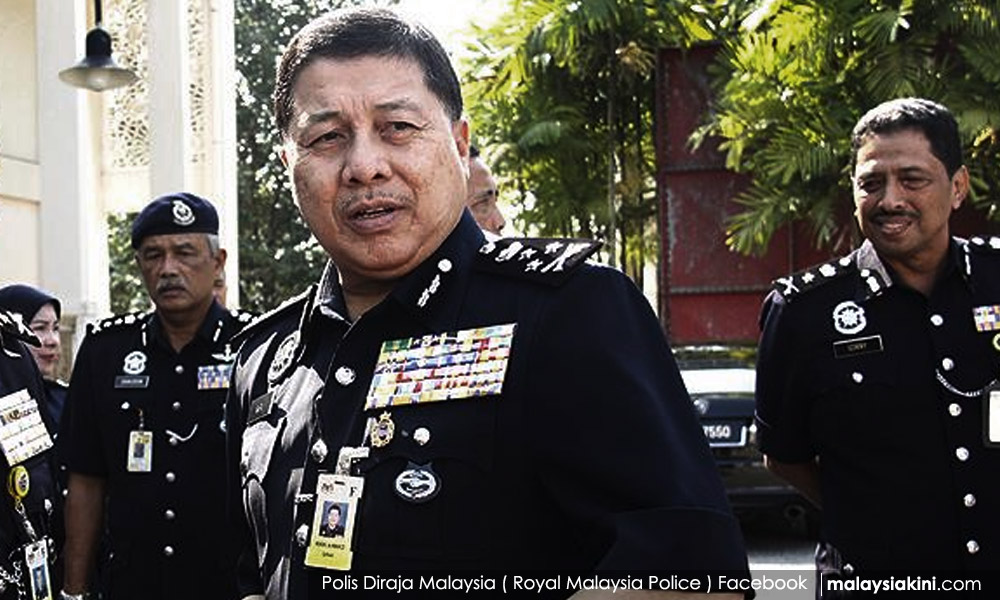
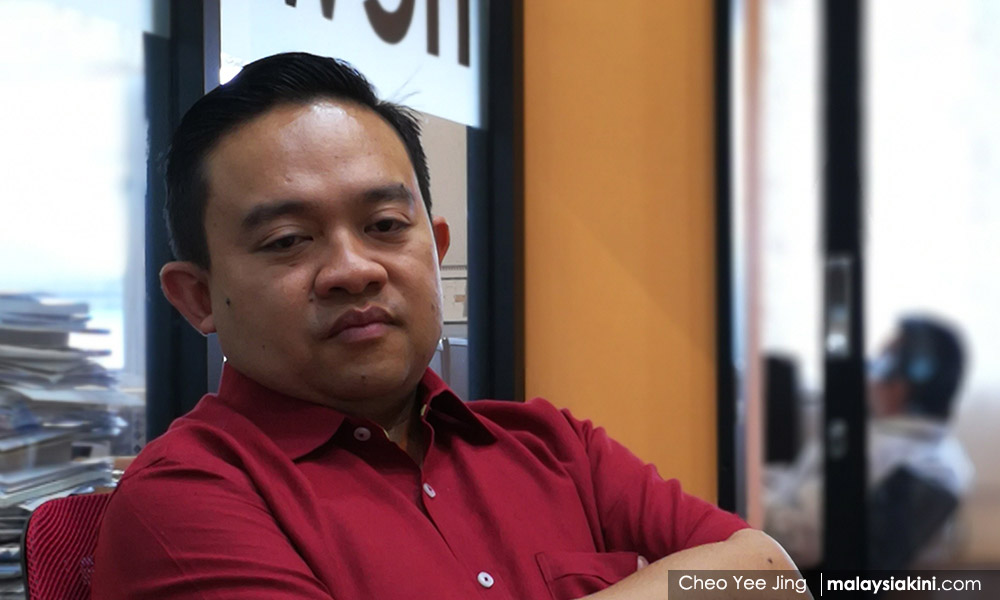
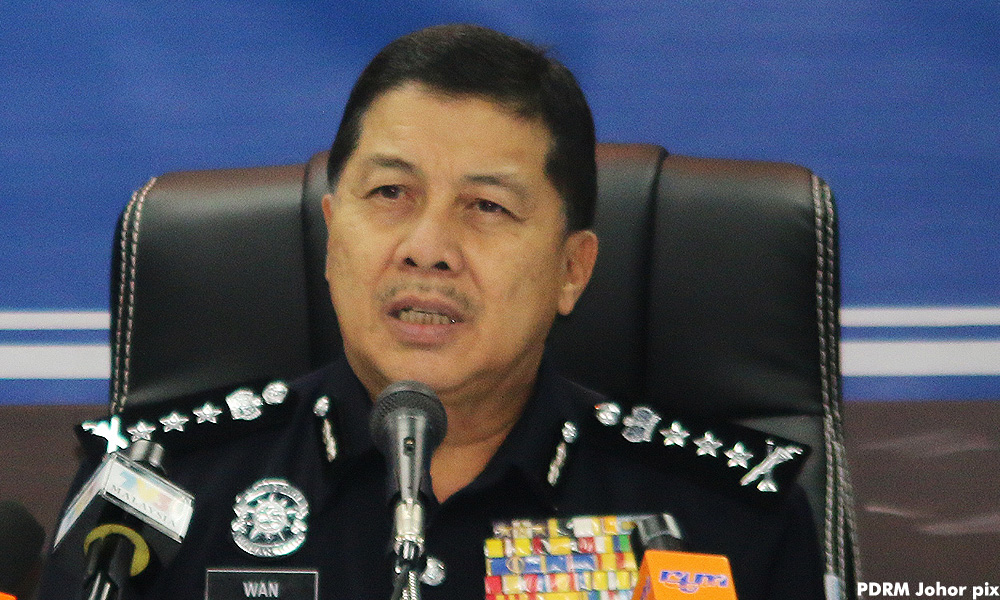
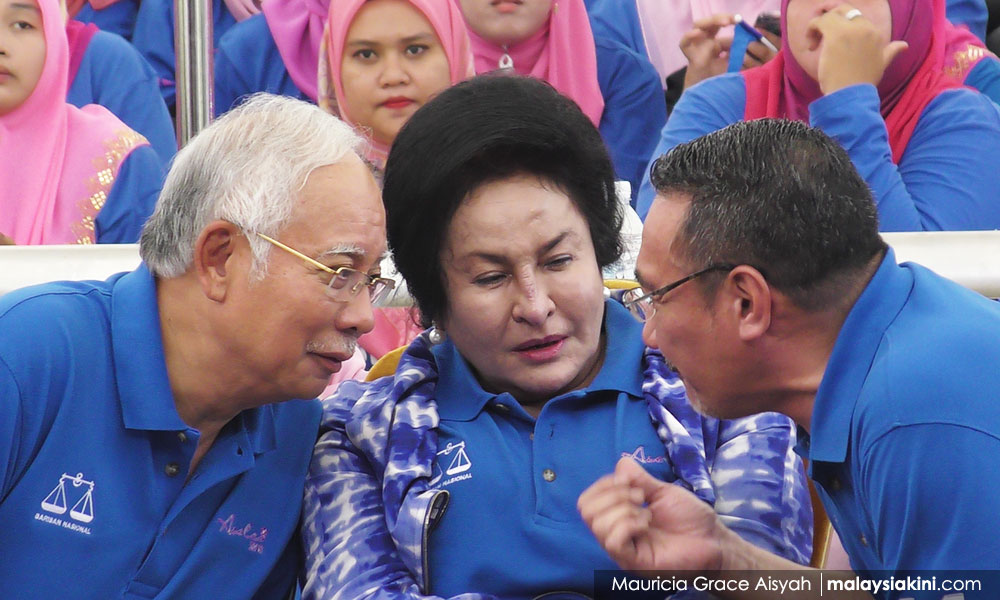
இலங்கையின் வடக்கே கிழக்கே நடுவே மூன்று பகுதிகளிலும் இருக்கும் தமிழர்கள் ஒன்றுபட்டு செயல்படாததால்தான் இன்றைய இலங்கை தமிழனின் நிலை.அடிபட்ட பின்னாவது புத்தி வரவேண்டும் .வடக்கிலும் கிழக்கிலும் உள்ள தமிழர்கள் நடுவே வாழும் தோட்ட தொழிலாளர்களுக்கு உதவிக்கரம் நீட்டி அவர்கள் வாழ்க்கை தரம் உயர எந்தவித எதிர்பார்ப்புக்களும் இன்றி உதவி செய்ய வேண்டும்.இது தமிழர்களின் வாழ்வில் ஒரு மறுமலர்ச்சியை ஏற்படுத்தும் .
இந்தியா என்ன தமிழ் நாட்டின் அரசியல் வாதிகளுக்கே அக்கறை இல்லை. எல்லாம் வேடதாரிகள். சீமானை போன்ற ஒருசில அரசு சார்பற்ற நிறுவனங்களுக்கு உள்ள பற்று கூட எவனுக்கும் இல்லை.
இலங்கை ..மலேசியா நாடுகளில் ..இருப்பது ஹிந்தி பேசும் மக்கள் என்றால் இந்தியா என்றோ தலையிட்டு இருக்கும் ..கென்யாவில் வட இந்தியர்கள் தாக்கப்பட்டபோது இந்தியா கொதித்தது ..பிஜியில் ஹிந்தி பேசும் இந்தியர்களுக்கு பிரச்சினை வந்த போது இந்தியா அங்கு தூதரகத்தை மூடியது மாத்திரம் அல்லாமல் ஐநா வரையில் பிஜி இந்தியர் பிரச்சினையை கொண்டு சென்றது …ஆனால் இலங்கையில் பர்மாவில் ..100 வருடங்களுக்கு மேல் வாழ்ந்த இந்திய தமிழர்கள் அடித்து வெறும் உடையுடன் துரத்தபட்ட போது இந்திய அரசாங்கம் வெறுமனவே பார்த்து கொண்டுஇருந்தது …1965 ஆண்டு வரை ரங்கூனில் 3 தமிழ் தினசரிகள் வெளிவந்தன ..2 அம் உலக போரின்போது ரங்கூனில் 80% சனத்தொகை தமிழர்கள் ..இன்றும் முக்கிய கட்டங்கள் …நிலங்கள் தமிழ் செட்டியார்களுக்கு சொந்தம் …இந்தியாவில் தமிழர்களுக்கு போராடும் ஒரு தமிழ் தலைவன் இன்னும் பிறக்கவில்லை இருபது தமிழனை ஏமாத்தி பிழைக்கும் தலைவர்களே ..இதனால் இந்திய அரசு மலேசியா தமிழர்கள் …பிரச்சனைகள் பற்றி கவலை படுவதில்லை …ஹிந்தி பேசும் ஒரு இந்தியன் கொல்லபட்டால் ..இந்திய பிரதமர் சம்பந்த நாடு அதிபருடன் உடனே பேசுவார் ..தமிழன் என்றால் நாயும் குலைபதில்லை
ஆனால் இலங்கையில் தமிழர்கள் சொந்த லாபத்திற்காக .இஸ்லாம் மதத்தை தழுவுவது இல்லை …சிங்கள -தமிழ் திருமணங்கள் மிக..மிக ..சிறிய அளவே …200 வருடங்கள் இந்திய தமிழர்கள் சிங்களவர்கள் மத்தியில் வாழ்த்த போதும் ..இவர்கள் புத்த மதத்தை தழுவவில்லை ..சிங்கள பெண்களை திருமணம் செயவில்லை …மலேசியாவில் பரம்பரை இந்து தமிழர்கள் முஸ்லிமாக மாறுவது ..வெட்கம் வெட்கம்